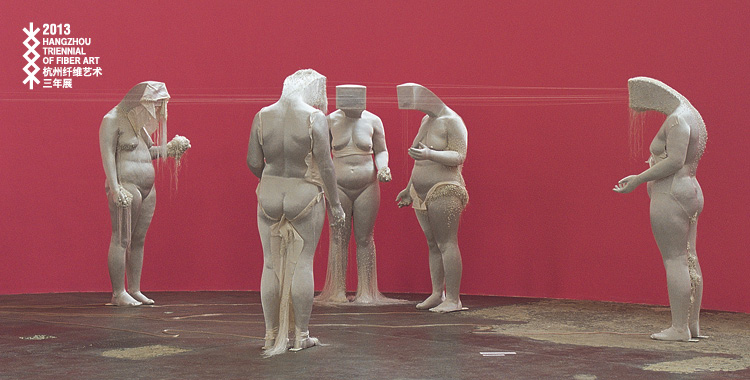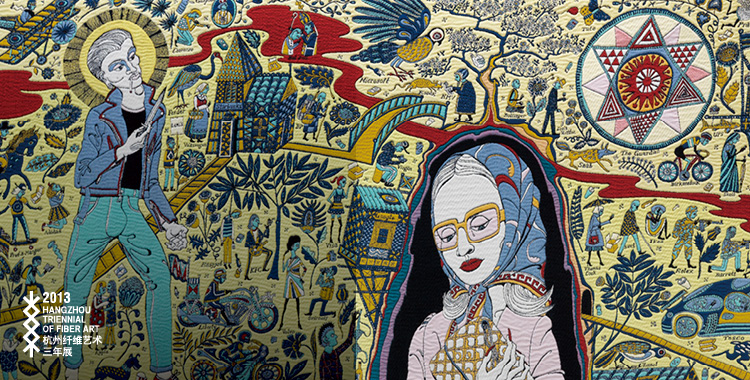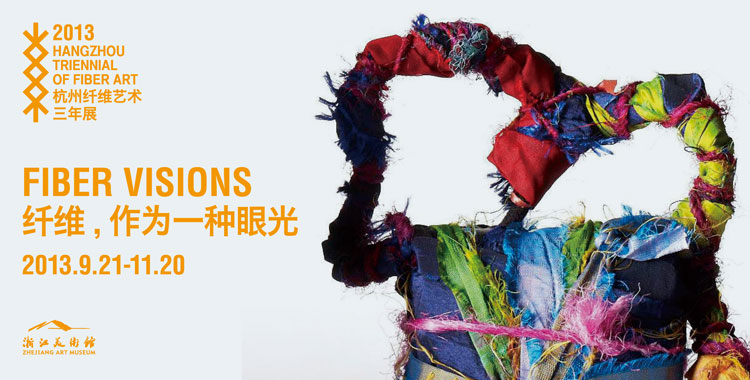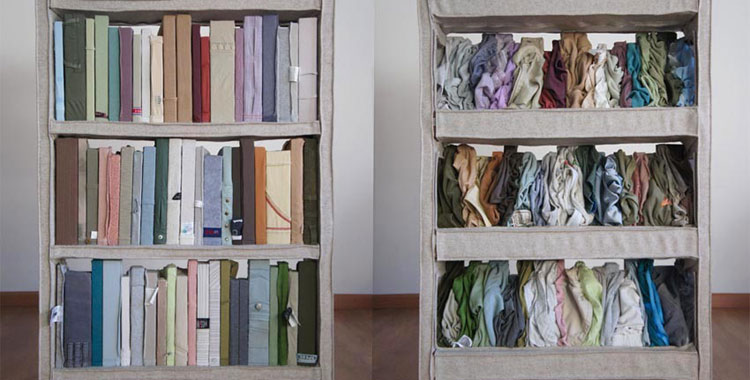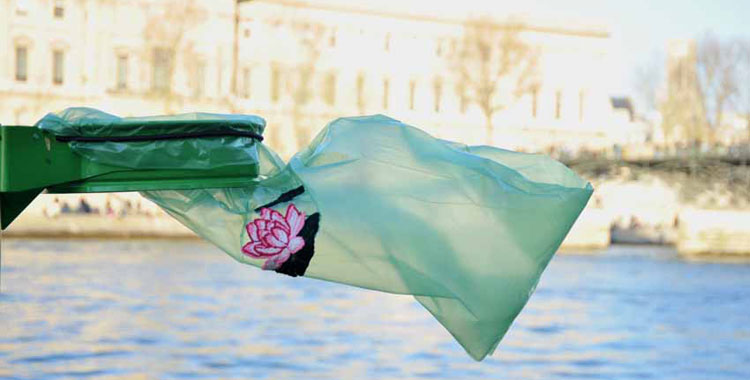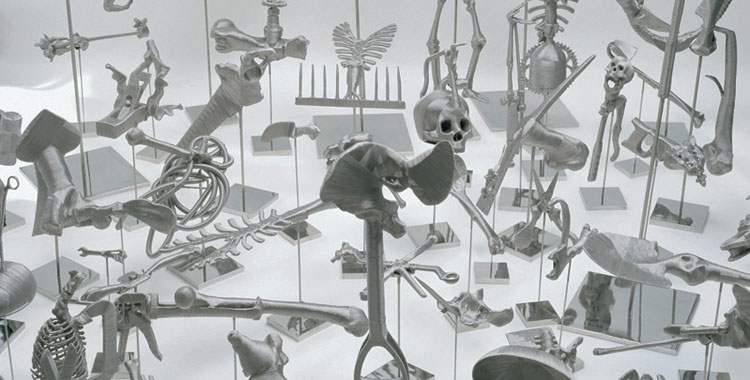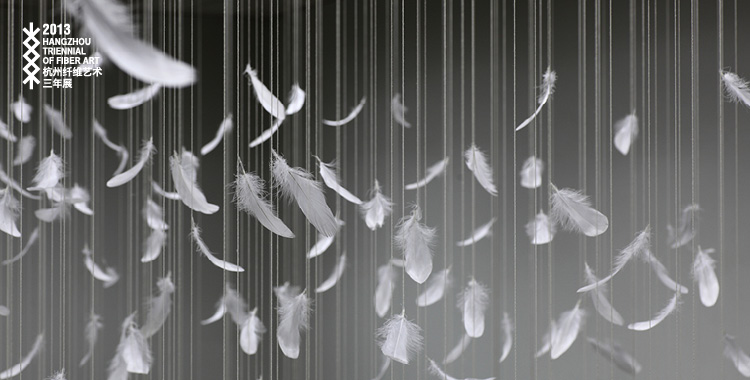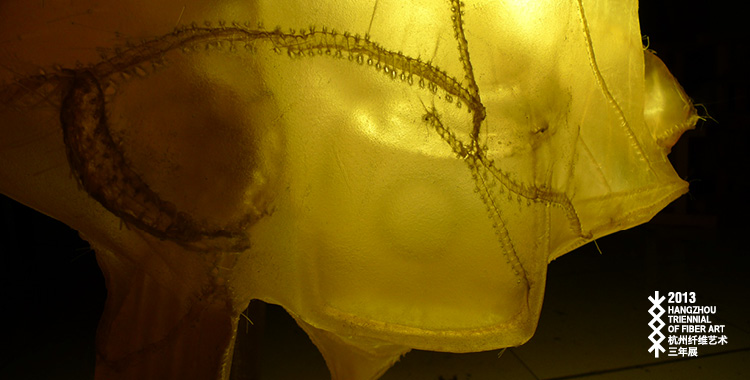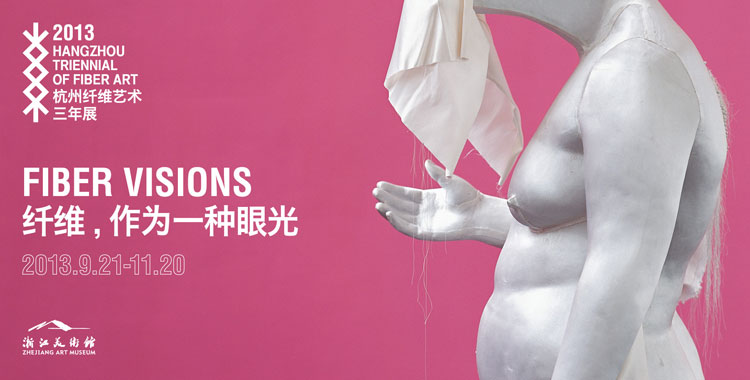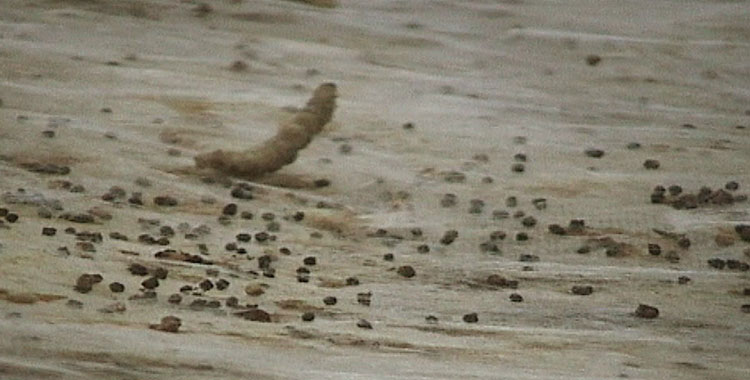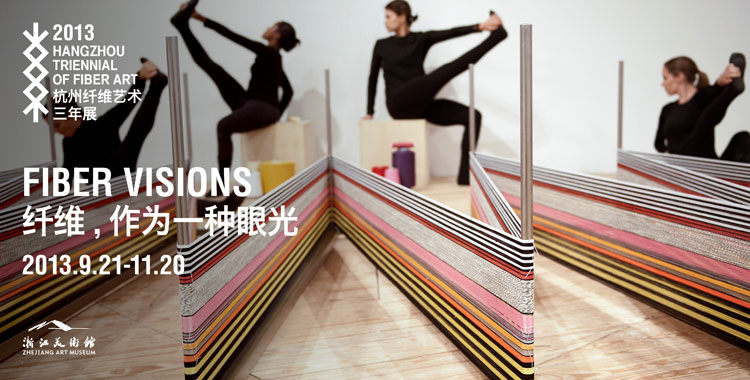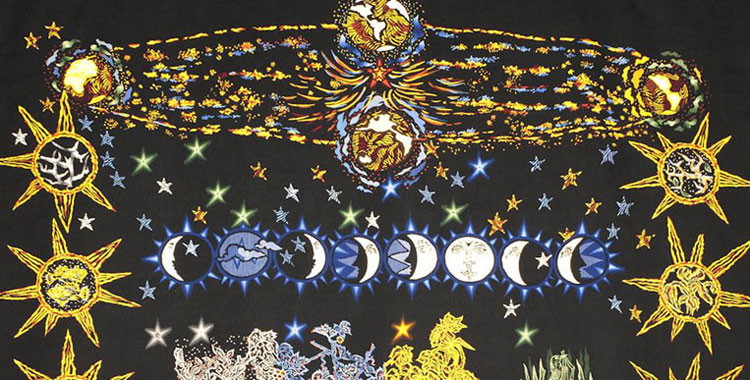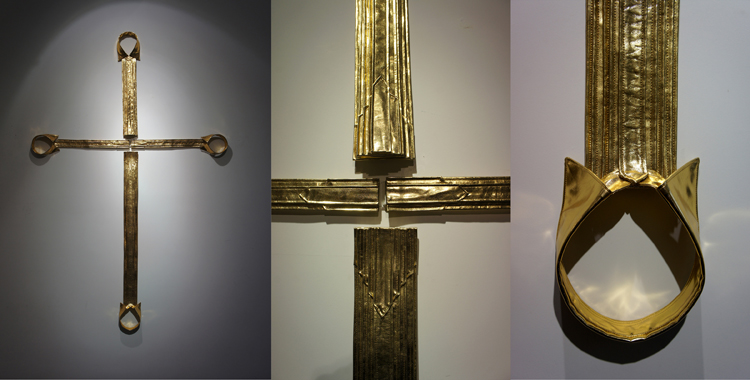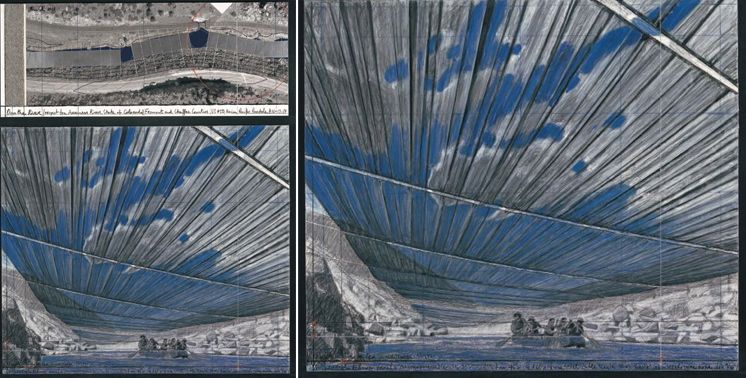Lia Cook
Lia Cook
Lives and works in Berkeley, California
2001 Past Presence, Nancy Margolis Gallery, New York, NY, USA
2002 Lia Cook New Work, LewAllen Contemporary, Santa Fe, NM, USA
2004 Binary Traces, Mills College Art Museum, Oakland, CA, USA
Embedded Portraiture, Perimeter Gallery, Chicago, IL, USA
2006 Re-Embodied, Nancy Margolis Gallery, New York, NY, USA
2009 Dollface, Perimeter Gallery, Chicago, IL, USA
The Embedded Portrait, University of Wyoming Art Museum, Laramie, WY, USA
2009-2011
Faces and Mazes (Traveling exhibition) Robert Hillestad Textiles Gallery, University of Nebraska, Lincoln, NE, USA; Textile Museum of Canada, Toronto, Ontario, Canada; Gregg Museum of Art & Design at North Carolina State University, Raleigh, NC and University of North Texas, Denton, TX, USA
2011 Doll Sense, Duane Reed Gallery, St. Louis, MO, USA
Tracking Faces, Mykolas Zilinskas Art Gallery, Kaunas, Lithuania
2011-2012
Bridge 11 - Lia Cook (traveling exhibition), Society for Contemporary Craft, Pittsburgh, PA, USA; Houston Center for Contemporary Craft, Houston, TX, USA; The Center for Craft and Design, Hendersonville, NC, USA
2012 Crossroads: Episode IX of Craft in America on PBS, Air date November16- 2012
2013 Lia Cook, Weaving and Innovation: Digital Fibers Converse with Neural Networks, Design Gallery, University of Wisconsin, Madison, WI, USA
Lia Cook-Statement
My practice explores the sensuality of the woven image and the embodied emotional connection to memories of touch and cloth. Drawing from the history of painting and textiles, I use the detail to expose a moment of touch, the physical presence of cloth, often woven in oversize scale to intensify sensual and emotional associations. Cloth and our bodies are so interconnected that we often experience a visceral response to the visual. Although in the piece "Drapery Frieze After Leonardo" and related works the human body is often hidden from view, the shape or the form of the draped cloth suggests a human presence beneath the folds, sometimes only a glimpse of a hand or foot defines the moment of touch.
In my current work, I use a digital loom to weave images (of faces) that are embedded in the structure of cloth. The digital pixel becomes a thread that when interlaced with another becomes both cloth and image at the same time. I am particularly interested in the threshold at which the face image dissolves first into pattern and finally into a sensual tactile woven structure. What does this discovery and the resulting intense desire to touch the work add to our already innate, almost automatic emotional response to seeing a face?
My most recent work explores the nature of this emotional response to woven faces in collaboration with neuroscientists and uses the laboratory experience both with process and tools to stimulate new work in response to these investigations.


